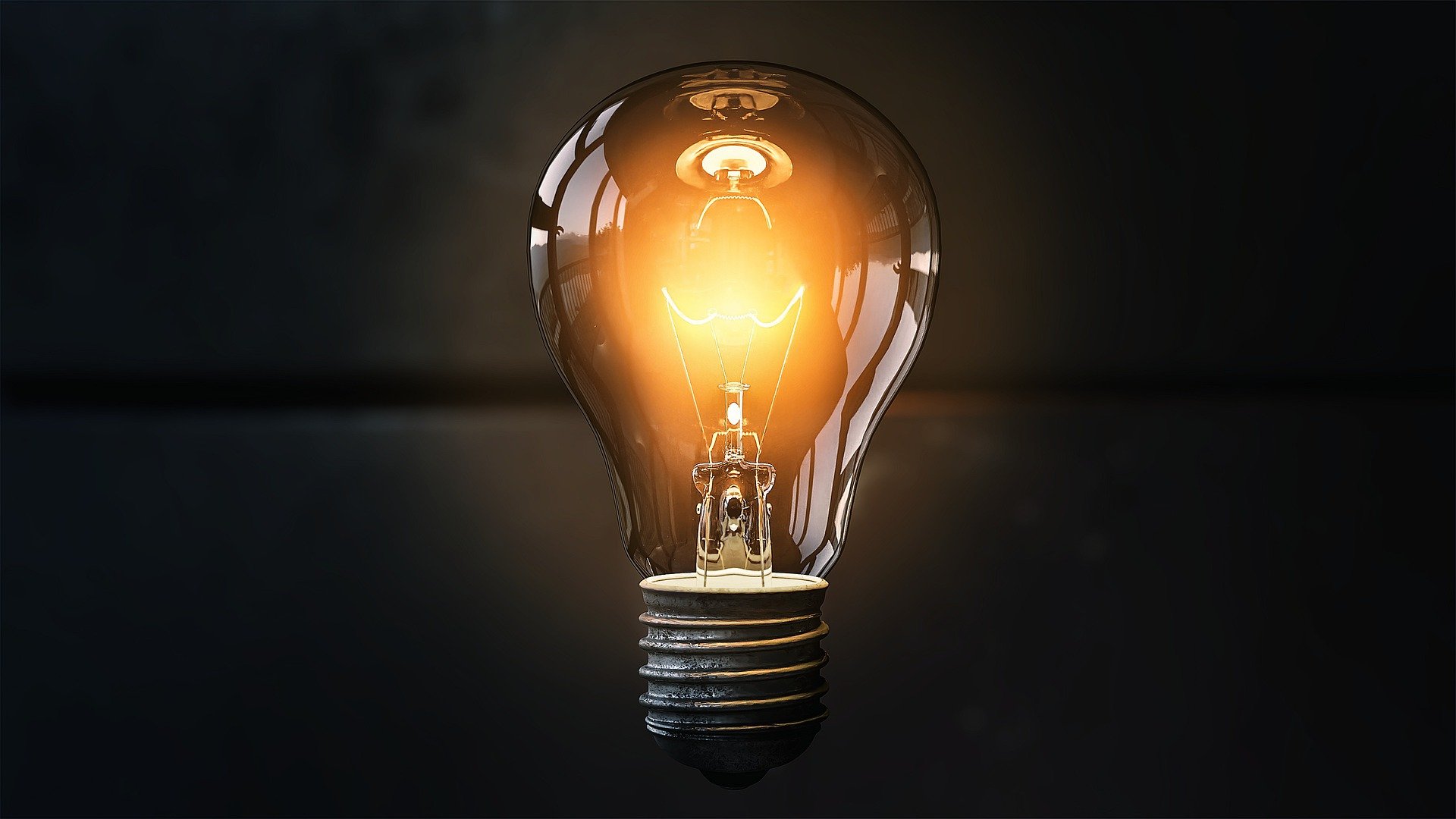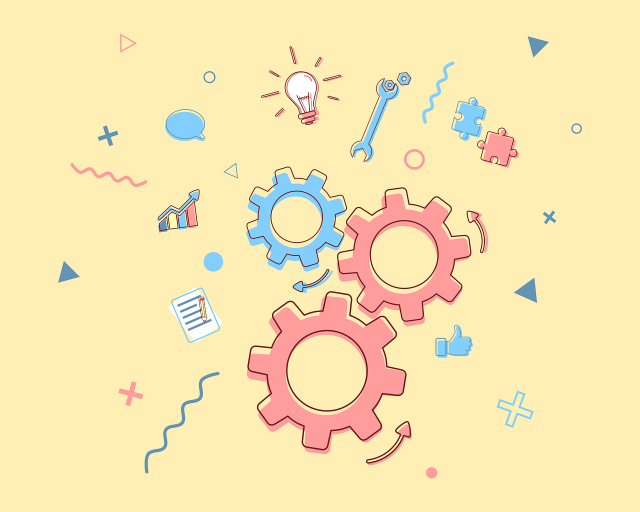DAOs are all the rage now because of their ability to change how corporate governance works. Decentralized Automated Organizations (DAOs) get created using smart contract code on blockchains or distributed ledgers. Tools exist to automate the process with standard security policies that enable newbies and just about anybody to create one.
Having the right business structure is a critical decision project owners and developers must make. The creative process explaining the project concept is the first step. Without having a full grasp of this, the DAO project could fail.
Get Your Act Right
Many project owners and developers want to create DAOs. They have the right ideas and concepts upstairs, but they cannot convert these concepts into actionable plans that everyone can relate to. It’s one reason many marketing firms try to sell half-baked ideas that don’t pan out in the long run.
To create a DAO, the internal team behind the organization must have what it takes to prove to the web3 space -that the project has integrity. An integrity check on team members and players matters. The whitepaper is also of prime focus.
Does the concept behind the project solve a problem? Will anybody want to invest after going through the project website and marketing channels? Who are the people involved? These are many of the questions going through potential investors’ minds. The key concern is a matter of trust. Everything else will fall into place naturally once trust is in play.
Preparing a DAO concept document isn’t out of place. With that, a roadmap and other critical project tools and processes can flow.
Understand Governance
There is a significant difference between how centralized organizations and DAOs work. In centralized organizations, the power structure is from the top down. Authority is determined by many factors. Decision-making is left to those who are at the top of this hierarchy. In DAOs, this structure differs. Power gets spread across the board.
Governance processes differ from one organization to the next. It depends on the different functions the project achieves.
Some tokens are strictly for decision-making. Others are commercial. It all depends on the roles within the DAO operational framework.
The best DAOs give power beyond just token ownership. Especially when the consensus within the web3 space compares DAO tokens to shares. DAOs are all about giving operational authority to members. Without this distribution of democracy, projects become empty centralized shells.
Related: AjeVerse Announces First African NFT Metaverse with DAO Governance
Have a Realistic Timeline
In terms of execution, the best strategy for implementing a DAO has more to do with setting a timeline for project execution and sticking to it. Many projects miss out when promises get postponed because of internal structural issues. Keeping projects on the front burner is an effective project-killer, and this is evident by the sheer number of failures that litter the web3 space.
Factoring the human resources, needs, expectations, code security audits, and the other functional moving parts of a project enables project creators to set rational expectations with the ability to produce the required results.
Timelines also create focus. Having this focus prevents the usual daydreaming phase most developers face when coding. Coding is a difficult activity. Timelines keep developers on the ball.
Related: Marcello Mari of Singularity DAO and Their Four Months of Airdrops
Understand Tokenomics
The economics of cryptocurrency tokens or “tokenomics” provide the value basis for DAOs and their operational frameworks. Sufficient financial expertise is needed to take the concept of any DAO to the projected heights and even beyond.
Depending on project type, audience, subscriber participation, and so on, the right mix of tokens in the right proportions gives DAO projects the tools to run smoothly. Tokenomics have to occur as advertised, with no ifs or buts and stories from project owners. Sufficient research is needed when planning and implementing the DAO token economy.
Execute the DAO Project Perfectly
Precision in the business processes that lead to the DAOs creation should be something of an art form. Confusion sets in when inaccurate execution occurs. Then there is the erosion of trust projects face when things spiral out of control.
From code bugs to project hacks and even sub-par marketing efforts, DAO projects face problems. There will always be difficulties. But getting these problems under control and out of the way is the perfect elixir for successful DAOs.
Multiple pairs of eyes going through smart contract code is one way to prevent many of these issues. Another way to execute this is to create hackathons, bug bounties, and other such activities.
It enables projects to move from a “code-only” perspective to community-oriented participation. Another plus for creating DAOs.
Related: ZeroShift DAO Set to Simplify Decentralized Finance
Automate Using Tools That Work
Last year saw the emergence of projects that automate the DAO creation process. No-code tools such as Aragon, Squads, xDAO, and Colony have created a new community of those willing to take the risk of putting the collective trust of their organizations in these frameworks.
They might function as prescribed. That’s the upside. But the DAO concept is still in its early stages, and over time, these no-code tools will face security issues from time to time.
On the flip side, automated tools will hasten the adoption of web3 technologies as the decentralized finance (DeFi) space expands exponentially. The trick is to find no-code tools with a solid codebase with the right team. New Kids on the Block in this sub-niche are risky but may offer tremendous advantages to those who need their projects up and going without the stress of going through lines of code.
Depending on the path taken, secure, bug-free code should be the ultimate aim.
Don’t Blow It
When it feels like the fight is over, investors subscribe and buy project tokens, keeping and maintaining subscriber trust is the fuel that keeps everything working. Sticking by the initial promises made and going beyond them works wonders.
With the initial funding available and in the hands of project owners, the DAO can survive the owners or go into the rug pull trash bin depending on how project owners execute their duties as prescribed by all the documentation presented.
The best DAOs keep team tokens locked in multi-signature wallets. Many wallets get kept in cold storage with custody firms as proof of trust. It also improves the DAO’s standing within and beyond the web3 space and gives project owners the real currency that the industry thrives on: trust.
About Creating DAOs: Is it Worth The Stress?
Skeptics think that DAOs and many other aspects of the DeFi space are fads that will fade away. DAOs are replacing many traditional financial structures and setups that currently hold sway. It’s easier to raise funds and run organizations using DAO liquidity generation events than getting into many global stock exchanges.
DAOs and other such organizations within the web3 space have also flattened the administrative red tape needed for access to the public. Since the 2016 hacking incident, DAOs have proven their mettle, giving anybody with the right tools the chance to realize their dreams within particular contexts and depending on use-case scenarios.
Incoming regulation by world governments and state actors will provide further guidance regarding the best practices for DAOs to take center stage. So, yes, DAOs will rule the corporate world, no doubt. The many benefits are obvious.
From democratizing corporate governance to preventing the various corporate frauds that have rocked the world, DAOs give everyone a taste of the pie. That ripple effect of reducing the inequalities present today is why DAOs are as popular as they are.
The DAO will be the perfect special purpose vehicle for just about everything in a decade from now or even less. For now, anybody who jumps on the DAO train shall rule the new world.
















